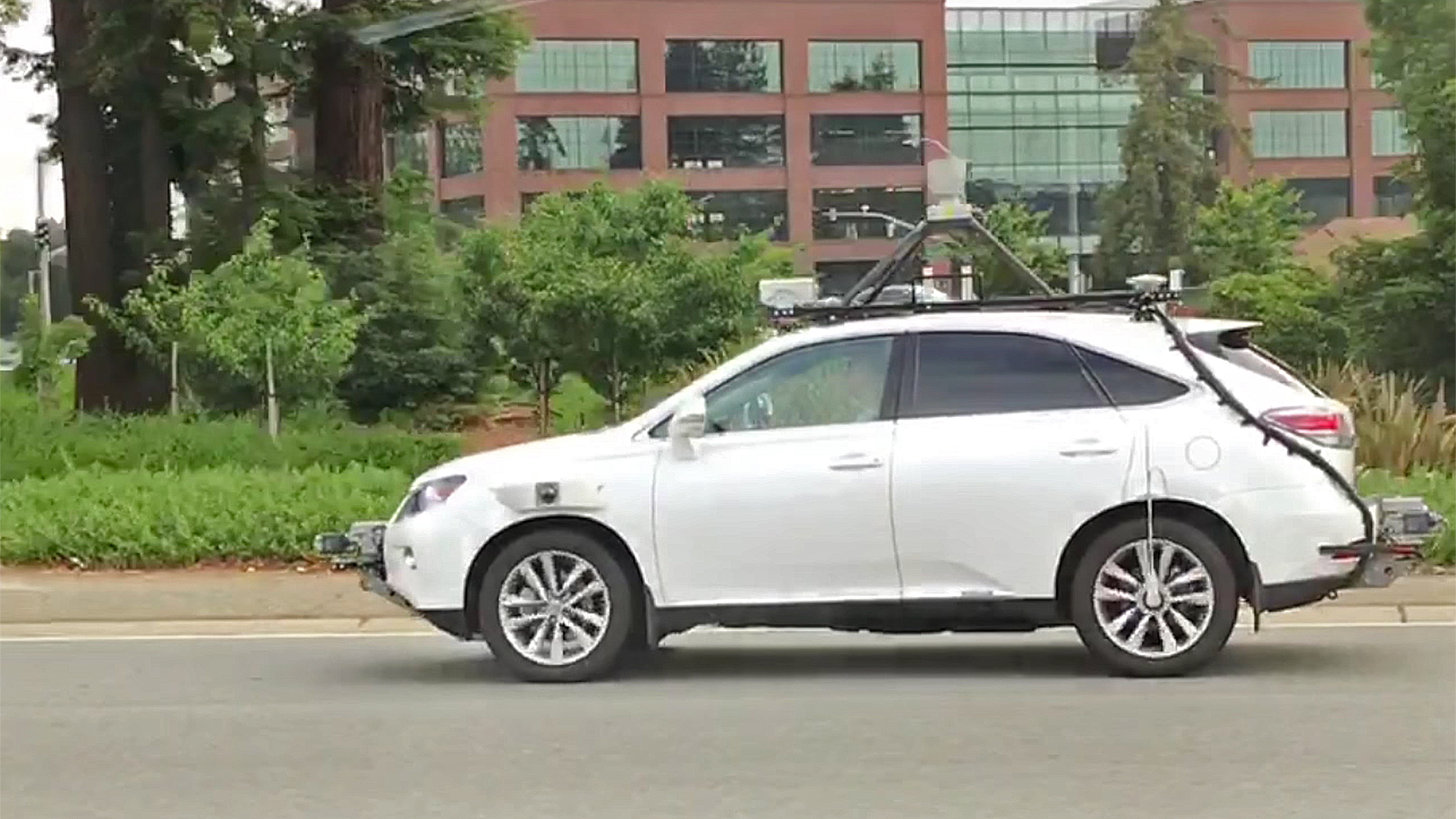

We may earn revenue from the products available on this page and participate in affiliate programs. Learn more ›
A car housing Apple’s current semi-autonomous hardware was in its first accident in August, official documents reveal. The technology wasn’t to blame, it was actually a human driver behind the wheel of another vehicle.
According to the official report from the California Department of Motor Vehicles, the Lexus was traveling in autonomous-tech mode (yes, that is a real checkbox on the accident report form) when it was struck from behind by an identical model-year Nissan Leaf. It was noted that the environment was in optimal condition. There were sunny skies with clear visibility and dry pavement for the cars to make contact with, yet the Leaf still managed to collide with the Lexus.
The report stated the Lexus was traveling at less than one mph while it was awaiting a safe gap in traffic to make a left turn. The Leaf then struck the Lexus at approximately 15 mph and caused moderate damage to both vehicles.

This accident marks California’s 41st collision involving a vehicle with some form of autonomous technology in 2018, and the 7th to occur in August alongside GM Cruise, Toyota Research Institute, Waymo, and Zoox. Since 2014, California has logged 95 accidents that fall under this category.
Apple has been testing its semi-autonomous hardware in several Lexus RX 450h SUVs for well over a year, allowing them to roam the streets of Silicon Valley with a human behind the wheel in case of emergencies; hence the classification of semi-autonomy. As the technology in the vehicles becomes more mature and is able to make better decisions on the road, the autos become safer for their occupants. However, in certain cases, even vehicles with semi-autonomous driver aids were not able to avoid collisions; this could be due to lacking the programming logic to react to a specific scenario, or simply because the surrounding traffic makes the situation safely unavoidable.
As more vehicles are able to communicate and collaborate with each other in predictable situations, future accidents may be reduced, either autonomously (if permissible by technology and law) or semi-autonomously through use of driver alert.
